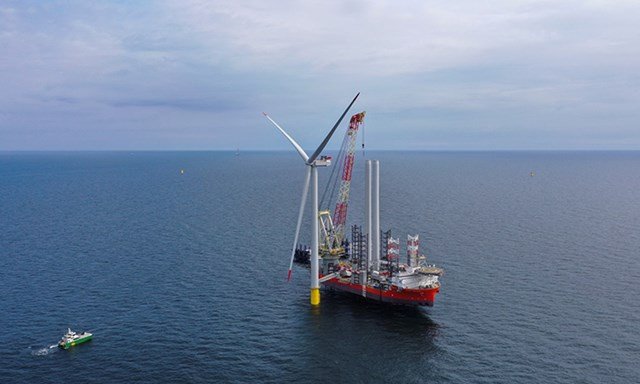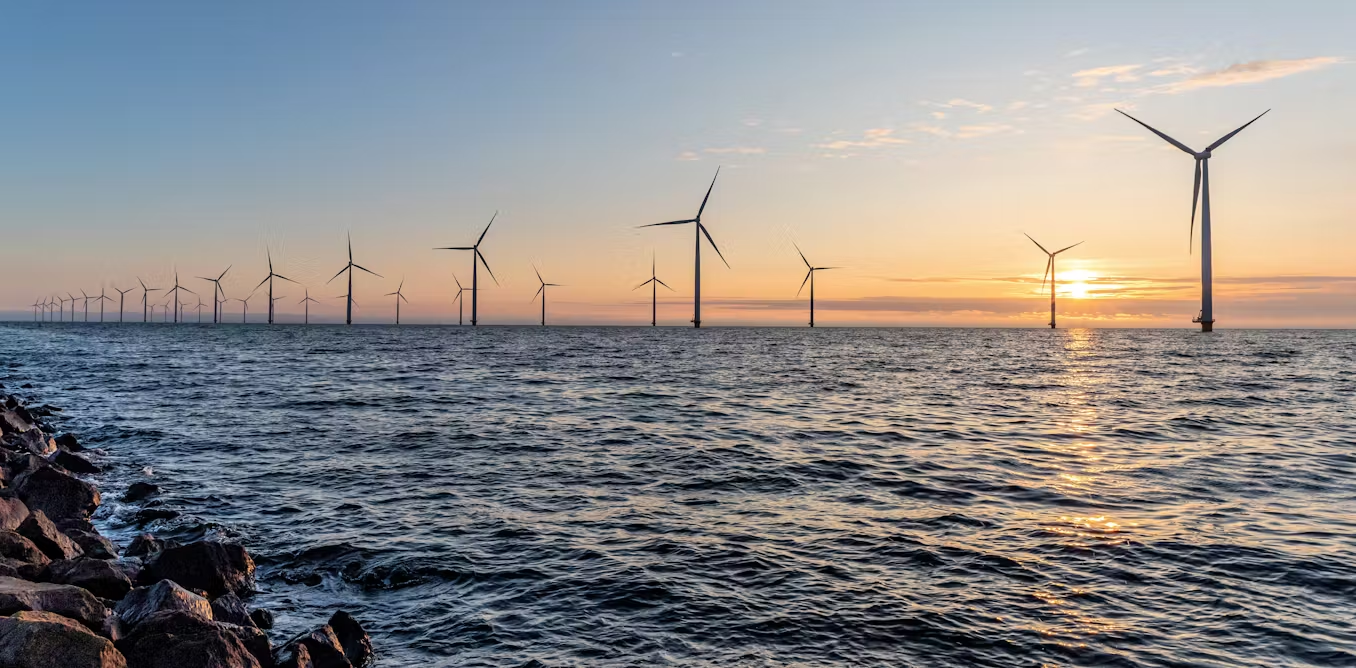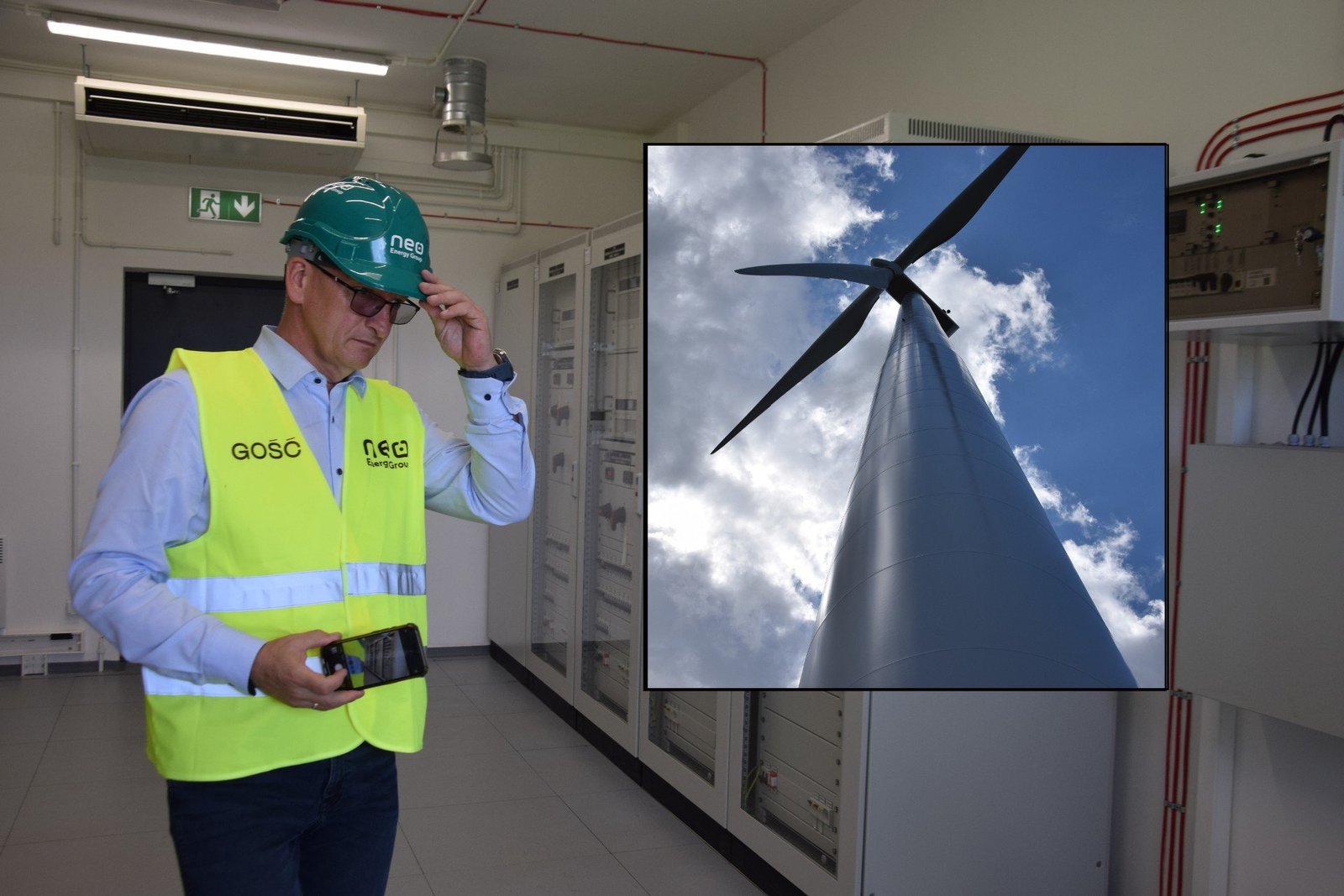Aneo has acquired the 130 MW Bäckhammar wind farm in Sweden, marking a strategic investment in the Nordic energy sector. This region is experiencing a significant shift towards renewable energy, spurred by ambitious targets and supportive policies.
The Bäckhammar wind farm, located in Kristinehamn municipality, lies within Sweden’s SE3 price zone, which has the highest electricity consumption and largest energy deficit in the country. With 31 Vestas turbines, Bäckhammar generates approximately 355 GWh of electricity annually, contributing nearly 30% to Aneo’s total wind output in the SE3 area. This acquisition not only expands Aneo’s presence in southern Sweden but also secures a long-term power purchase agreement (PPA) with a leading technology company. This contract provides Aneo with a stable revenue stream, mitigating the volatility typically associated with energy markets.
The Nordic energy market is poised for growth, driven by multiple factors including: 1. **Policy Goals**: Norway plans to establish 30 GW of offshore wind capacity by 2040, while Denmark aims for 12.9 GW by 2030. Sweden is pursuing carbon neutrality by 2045, heavily relying on wind and solar energy, and Finland is targeting carbon negativity by 2035. 2. **Market Expansion**: The Nordic renewable energy sector is projected to grow at an annual rate of 8% from 2026 to 2032, potentially reaching a market size of $222 billion by 2032. This growth is fueled by initiatives in offshore wind, green hydrogen production, and grid modernization. 3. **Grid Connectivity**: Norway’s interconnector capacity of 6,200 MW facilitates energy exports to Germany, Denmark, and the UK, while Denmark’s Energy Island project is set to become a central hub for European green energy.
Aneo’s acquisition of the Bäckhammar wind farm aligns with its broader growth strategy in the Nordic region. Expanding operations in SE3 reduces reliance on other areas, allowing the company to capitalize on the high demand and favorable pricing driven by local industries such as manufacturing and data centers.
The wind farm’s established technical standards and the potential for future optimization—such as turbine upgrades and improving grid connections—could further enhance returns. Aneo’s experience in the Nordic markets positions it to leverage existing relationships with local utilities and regulatory bodies effectively.
Despite the opportunities, several challenges remain in the Nordic renewable landscape: – **Permitting Delays**: Environmental concerns can hinder project timelines; however, Aneo’s local expertise may help navigate these issues. – **Grid Congestion**: The energy deficit in southern Sweden could lead to transmission challenges, necessitating investments in grid partnerships. – **Commodity Price Fluctuations**: Variability in steel and turbine component prices could affect profit margins in the short term.
For investors, the Bäckhammar deal signals Aneo’s potential as a leader in the Nordic renewable energy sector. Key advantages include: 1. **Scalability**: With a portfolio of 2 GW of wind and solar assets, Aneo plans to expand by an additional 4 to 6 GW of offshore wind capacity over the next decade. 2. **Regulatory Support**: Nordic governments are accelerating renewable energy permits and funding for grid enhancements, lowering execution risks for projects. 3. **PPA Stability**: The secured revenue from long-term contracts protects Aneo against fluctuations in wholesale energy prices.
Aneo’s acquisition of the Bäckhammar wind farm positions the company to thrive amid the ongoing shift towards renewable energy in the Nordic region. By focusing on geographic diversification and securing long-term contracts, Aneo is set to benefit as renewables increasingly dominate the energy landscape. Investors interested in the clean energy transition should consider adding Aneo to their portfolios, as the company is poised to capitalize on the growing demand for renewable energy in Europe.




